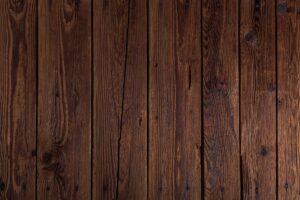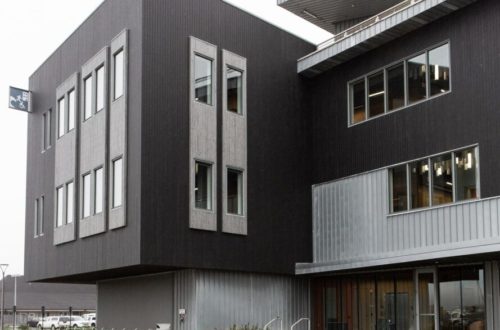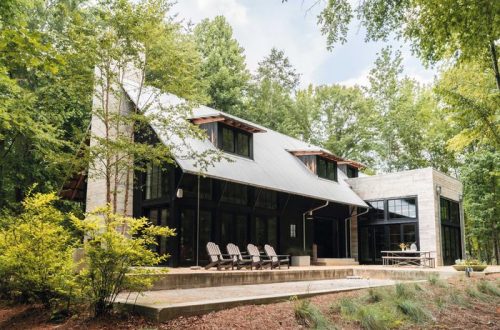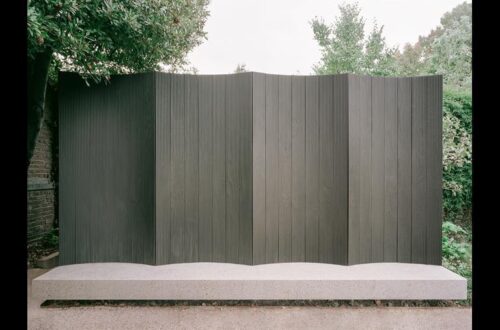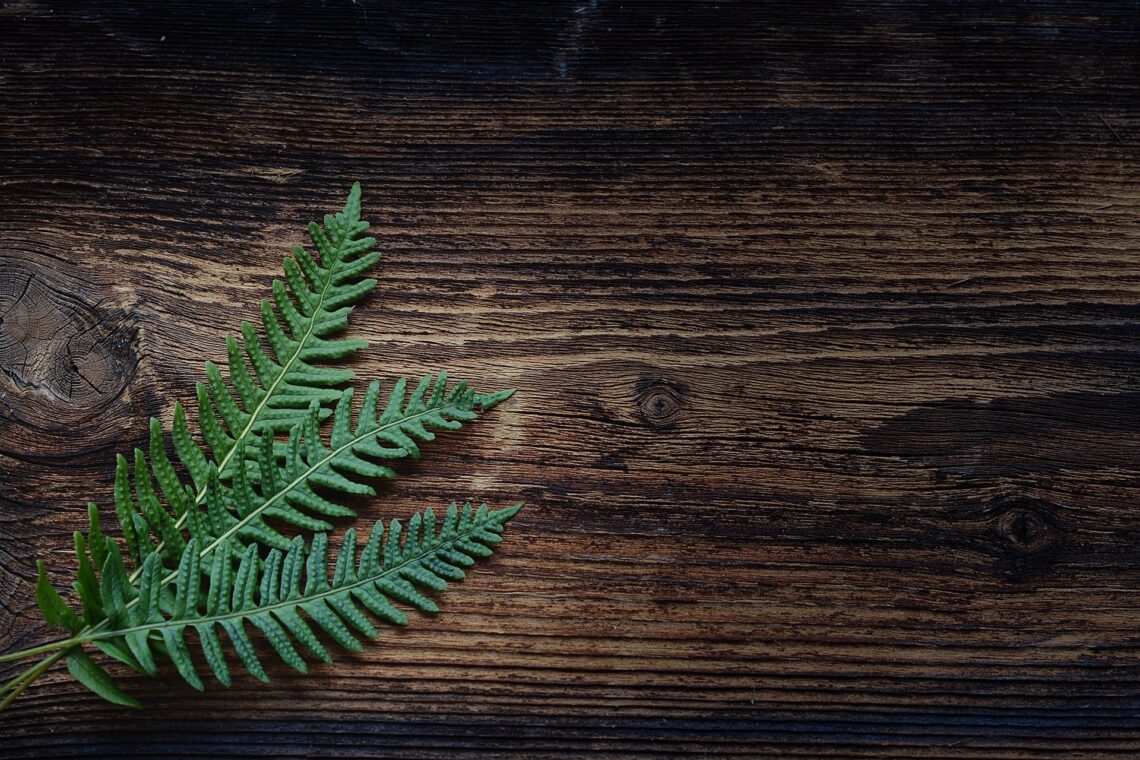
Why Charred Lumber Is the Upgrade Your Next Project Needs
If you’re thinking of building a deck, or even just installing some shelves, but you’re having a hard time choosing a finish for your wood, charred lumber might be right for you. Charring adds color to lumber, making it darker and more visually novel while retaining some of the best features of natural wood—but it can also make timber more durable and water resistant. Here’s what you need to know about charred lumber before starting your next woodworking project.
A quick history of charred lumber
The technique for charring lumber comes from Japan, and was popular in the Edo period as a way of preserving wood, especially for exterior siding. The process of charring wood, often referred to as “shou sugi ban” can be accomplished via traditional techniques, or modern methods that borrow from the older innovations.
Charred timber is more durable
When the outside of a piece of lumber is heated up, the strands of the wood grain shrink and fuse, creating a tighter, harder outer shell to the board. In addition to making for a denser material, charring also allows it to more effectively repel water. This increased durability and water resistance makes it an especially good form of siding to use in damp environments.
Charred lumber is less susceptible to rot
Since the process of charring kills the bacteria that causes rot on the surface of lumber and makes it more water resistant, it can prevent your lumber from rotting for much longer than some other natural finishing techniques. Charring creates carbon on the outside of lumber, essentially covering it in a thin layer of antimicrobial charcoal. And since charcoal decomposes less quickly than wood, it can further help prevent rot.
Charred timber needs limited maintenance to retain its color
Lumber that is charred gently on the outside will keep its color for over a hundred years if it’s properly maintained and re-oiled every five to ten years. If you prefer a weathered look, you can allow a patina to form, but the color will change over time. If you prefer a darker brown appearance, oil needs to be applied to keep the color from changing.
You can char your own lumber
If you have specific needs for your project and want to save some money on a custom result, you can char your own lumber using a torch or a heat gun—but keep in mind that in order for your lumber to maintain its structural integrity, you need to make sure to only char the outside. Charring too much will actually burn the wood, actually reducing its strength by degrading the underlying structure of the wood grain. As always, wear the proper safety gear, including gloves and safety glasses, when you’re using tools, and always keep flames away from structures and dry brush.



